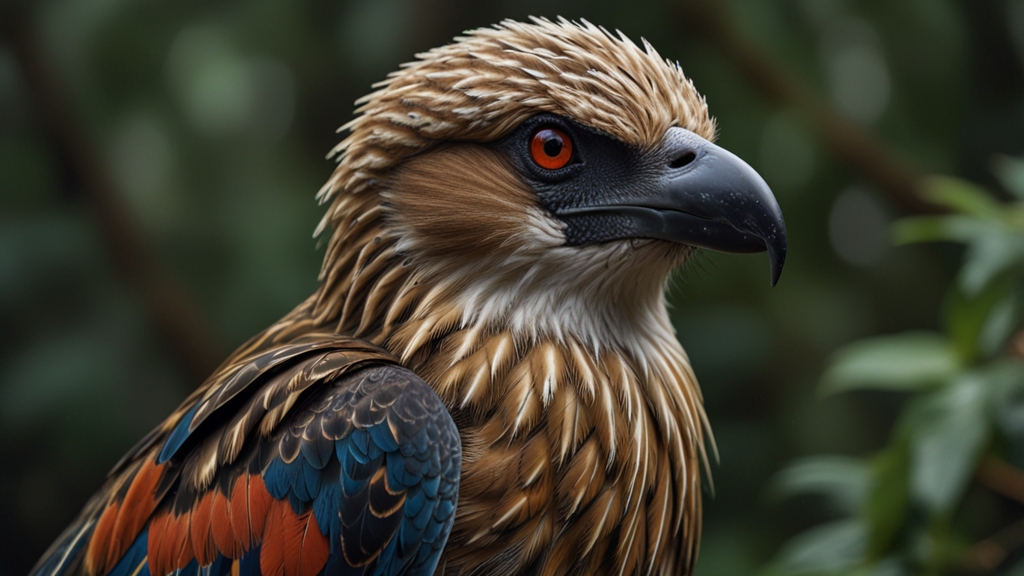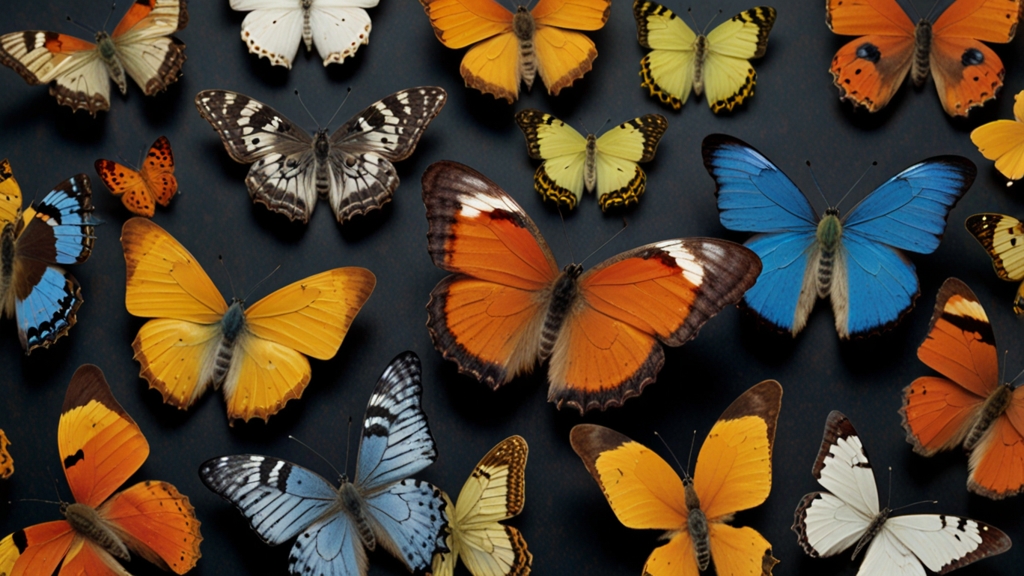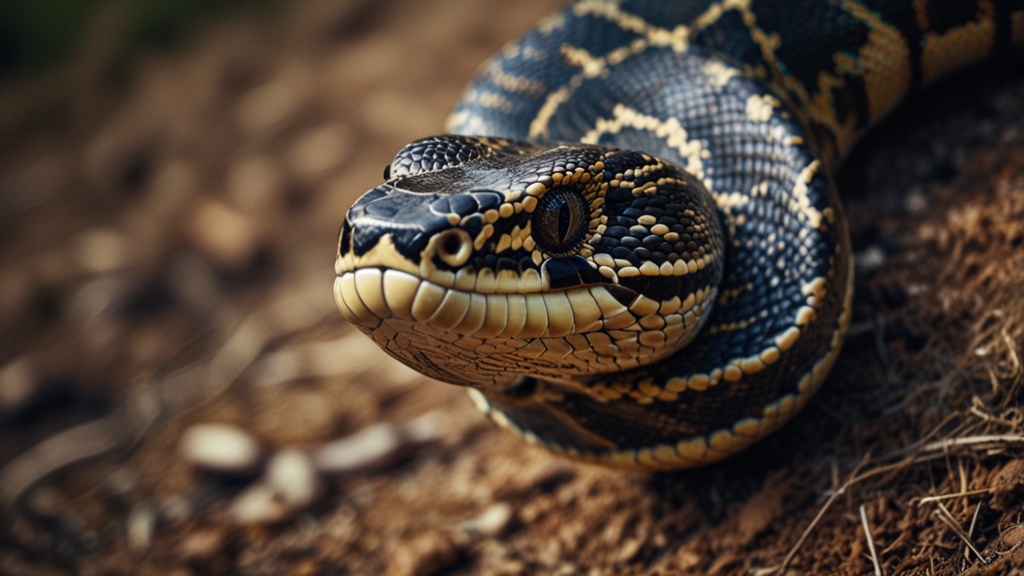How Animals Cope with Climate Change: Survival Strategies
Climate change brings a myriad of challenges to the natural world, affecting ecosystems and the animals that inhabit them. As temperatures rise, weather patterns shift, and natural habitats transform, many species are forced to adapt to survive. In this article, we explore the various survival strategies animals employ to cope with the impacts of climate change.
Migratory Adjustments
One of the most common strategies animals use to cope with changing climates is altering their migratory patterns. Birds, fish, and even some mammals undertake long-distance travel to find suitable habitats. Observations have shown that many species are migrating earlier in the spring and later in the fall to synchronize with new climatic conditions.
"Arctic terns exemplify this adaptability. These migratory birds travel from the Arctic to the Antarctic and back each year, a journey of over 40,000 kilometers. As the climate warms, their travel routes and timing are becoming even more crucial for their survival." - Environmental Studies Journal
Behavioral Changes
Animals often exhibit changes in behavior as a response to climate change. These changes can include altered feeding habits, modified breeding cycles, and new social structures. For instance, some reptiles are becoming nocturnal to avoid the increased daytime heat, while others are changing their diet based on the availability of new food sources.
"In the face of higher temperatures, certain species of bees are shifting their foraging times to cooler parts of the day. This behavioral change helps them avoid heat stress and maintain their crucial role in pollination." - Journal of Insect Behavior
Physiological Adaptations
Beyond behavioral changes, some animals are undergoing physiological adaptations. These internal changes can give a survival edge in rapidly changing environments. For example, some frog species are developing greater tolerance to warmer water temperatures, and fish are adjusting their oxygen intake mechanisms to cope with warmer and less oxygenated waters.
Habitat Shifts
As the climate changes, the geographical distribution of habitats also shifts. Animals must move to new areas where the conditions are more favorable. This often involves moving to higher altitudes or latitudes. The American Pika, a small mammal found in cold, mountainous regions, is migrating to higher elevations as temperatures rise in its traditional habitats.
"The Pika’s movement to higher altitudes is not just a race against the warmer weather; it's a quest for survival. These small mammals need cool, moist environments provided by their rocky habitats, and climate change threatens these very conditions." - Wildlife Conservation Magazine
Genetic Adaptation
Over longer periods, some species may undergo genetic adaptations. These genetic changes can result in traits that better suit the new environmental conditions, such as altered body sizes, coloration, or reproductive behaviors. Evolutionary biologists are studying these genetic shifts to understand how quickly and effectively species can adapt to climate change.
For instance, certain species of fruit flies have shown rapid genetic shifts that make them more heat-resistant. Such adaptations illustrate the potential for genetic diversity to play a crucial role in the survival of species facing new climatic realities.
Conclusion
Climate change presents an unprecedented challenge to animal life on Earth. Through migratory adjustments, behavioral changes, physiological adaptations, habitat shifts, and genetic evolution, animals are demonstrating remarkable resilience and adaptability. Understanding these survival strategies is essential not only for appreciating the complexity of nature but also for implementing effective conservation efforts. As we continue to address the impacts of climate change, supporting these natural adaptation mechanisms will be crucial for the preservation of biodiversity.










